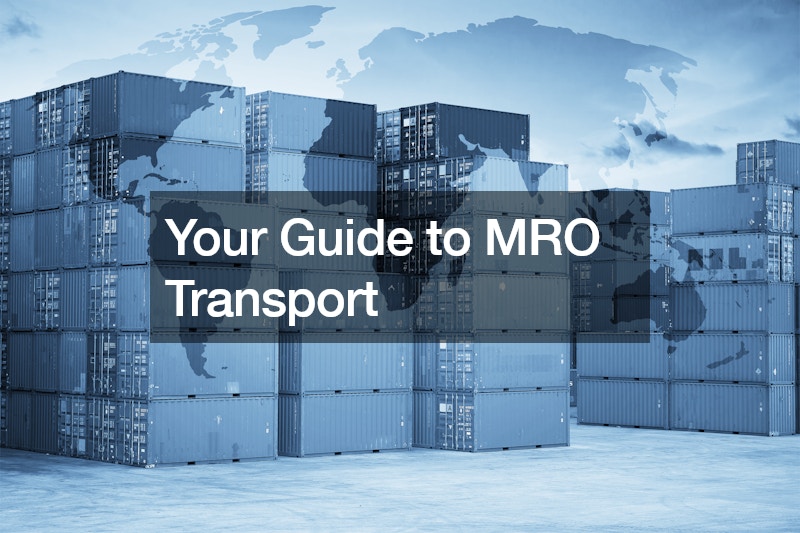
Navigating MRO (Maintenance, Repair, and Operations) transport requires meticulous planning and adherence to specific protocols to ensure the efficient movement of equipment, tools, and supplies essential for industrial maintenance and repair activities. Firstly, it’s essential to assess the unique requirements of the MRO items being transported. Consider factors such as size, weight, fragility, and any special handling instructions to determine the most suitable transportation methods and packaging materials.
Next, familiarize yourself with the regulations and guidelines governing MRO transport, including those set forth by relevant authorities such as the Department of Transportation (DOT) and the International Air Transport Association (IATA). Compliance with these regulations ensures the safe and lawful transport of MRO items and helps mitigate the risk of accidents or incidents during transit.
Additionally, proper documentation and labeling are essential for MRO transport. Ensure that all shipments are accurately labeled and accompanied by the necessary documentation, including manifests, packing lists, and hazardous materials information, where applicable. This documentation facilitates efficient customs clearance and helps prevent delays or issues during transport.
Furthermore, consider partnering with experienced logistics providers specializing in MRO transport. These providers offer expertise in handling a wide range of MRO items and can tailor transportation solutions to meet your specific needs, ensuring timely and secure delivery of essential supplies to your facility or job site. By following these guidelines and leveraging the expertise of experienced logistics partners, you can navigate MRO transport with confidence, ensuring the seamless flow of materials essential for maintaining and repairing industrial equipment and infrastructure.



